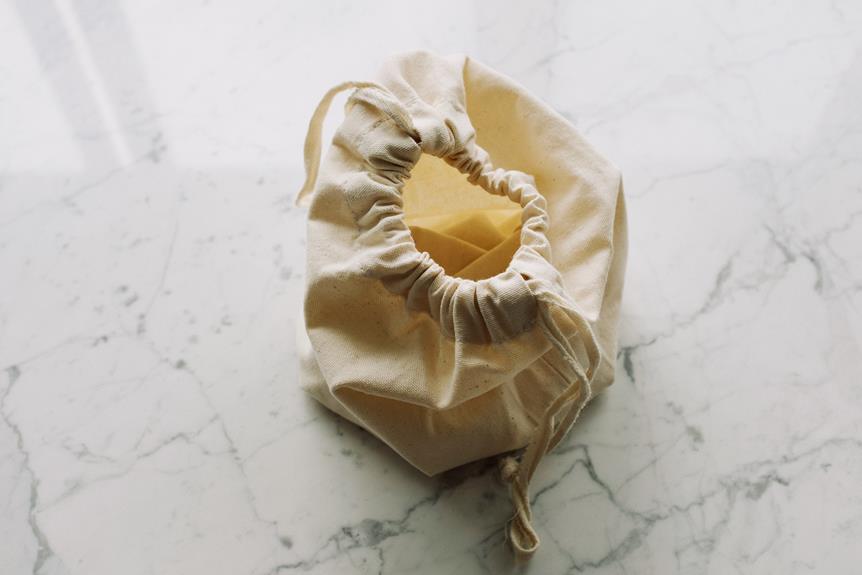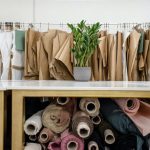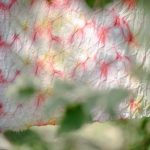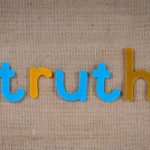So, you've heard about modal fabric and its eco-friendly reputation, but is it really as green as it claims to be?
Let's dive into the world of modal fabric and explore its environmental impact. You'll discover the production process, the advantages it offers, and any drawbacks to consider.
Then, we'll delve into the sustainable practices that can make modal fabric a more eco-friendly choice.
By the end, you'll have a comprehensive understanding of whether modal fabric truly lives up to its environmentally friendly image.
Key Takeaways
- Modal fabric is derived from beech tree pulp, making it a natural and sustainable material.
- The production process of modal fabric is environmentally friendly, with minimal waste and chemical emissions.
- Modal fabric has a low carbon footprint and reduces the overall environmental impact of the fabric industry.
- Modal fabric offers various consumer benefits, including softness, breathability, and durability.
What Is Modal Fabric
Modal fabric is a semi-synthetic compound made from beech tree pulp. It's often praised for its softness, breathability, and moisture-wicking properties, making it an ideal choice for clothing and household textiles. The fibers are created by spinning reconstituted cellulose from beech trees, resulting in a fabric that combines the durability of synthetic materials with the comfort and breathability of natural fibers.
One of the standout properties of modal fabric is its incredible softness. The fibers are finer than silk, which gives the fabric a luxurious texture that feels gentle against the skin. Additionally, its excellent moisture-wicking abilities make it a popular choice for activewear and undergarments, as it helps keep the body dry and comfortable during physical activities.
In terms of uses, modal fabric is commonly found in a wide range of products, including underwear, pajamas, towels, bedsheets, and various types of clothing. Its versatility and ability to blend with other fibers make it a sought-after material in the textile industry.
Modal Fabric Production Process
Exploring the production process of modal fabric involves understanding the steps in creating this semi-synthetic material from beech tree pulp.
The manufacturing process of modal fabric utilizes sustainable practices, making it an eco-friendly option. The beech trees used are typically sourced from sustainably managed forests, ensuring minimal impact on the environment. Additionally, the chemical process used to extract the cellulose is designed to minimize waste and environmental harm. The closed-loop production system recycles and reuses the chemicals and solvents, further reducing the environmental footprint.
The process begins with the harvesting of beech trees, which are then chipped into wood pulp. This pulp undergoes a chemical process to extract the cellulose. The extracted cellulose is then dissolved in a solution to form a viscose. Through the spinning process, the viscose is extruded through fine holes to create fibers, which are then spun into yarn and woven into fabric.
Understanding the sustainable approach and manufacturing process of modal fabric highlights its eco-friendly nature, making it an appealing choice for those seeking environmentally conscious textiles.
Environmental Impact of Modal Fabric
Considering the environmental impact of modal fabric, you'll find that its production process contributes to its eco-friendly reputation. Modal is derived from beech trees, which are known for being fast-growing and requiring minimal water and pesticides. The production process also involves an environmentally friendly closed-loop system, where the chemicals used to break down the wood pulp into fibers are recycled with minimal waste. This closed-loop process significantly reduces the environmental impact of modal fabric production by minimizing chemical emissions and water pollution.
Moreover, the environmental regulations governing the production of modal fabric are stringent, ensuring that manufacturers adhere to sustainable practices. These regulations often include restrictions on emissions, water usage, and waste disposal, further enhancing the eco-friendly nature of modal fabric.
Sustainable sourcing is another key aspect of the environmental impact of modal fabric. Many modal fabric manufacturers prioritize sustainably sourced wood from certified forests, which are managed in a way that promotes biodiversity, protects wildlife habitats, and upholds sustainable forestry practices.
Advantages of Modal Fabric
When shopping for clothing, you may find that modal fabric offers several advantages over traditional materials. Modal fabric has become increasingly popular due to its numerous benefits, making it a smart choice for environmentally conscious and fashion-forward consumers.
- Breathable: Modal fabric is known for its breathability, making it a great option for clothing that needs to keep you cool and comfortable.
- Soft: One of the most significant advantages of modal fabric is its exceptional softness, providing a luxurious feel against your skin.
- Dyeing Process: The dyeing process for modal fabric requires less water and energy compared to other fabrics, contributing to its eco-friendliness.
- Sustainability: Modal fabric is derived from beech trees, which are a replenishable source, making it a sustainable choice for eco-conscious consumers.
- Versatile: Modal fabric is incredibly versatile and is used to create a wide range of clothing items, from t-shirts and dresses to bedding and towels.
Drawbacks of Modal Fabric
Are there any drawbacks to using modal fabric in your clothing choices?
While modal fabric has numerous advantages, there are some sustainability concerns and environmental impacts to consider. One drawback of modal fabric is its production process, which involves the use of chemicals such as sodium hydroxide and carbon disulfide. These chemicals can have detrimental effects on the environment if not properly managed. Additionally, the sourcing of beech trees for modal production has raised concerns about deforestation and its impact on ecosystems.
Although modal is often marketed as a sustainable and eco-friendly fabric due to its biodegradability and low water consumption, the issues surrounding its production and sourcing highlight the importance of considering the full lifecycle of the fabric.
It's important to be aware of the potential drawbacks of modal fabric to make informed choices about your clothing purchases. While modal offers many benefits, including its softness, breathability, and resistance to shrinking, it's essential to weigh these against the sustainability concerns and environmental impact associated with its production. By staying informed about the drawbacks of modal fabric, you can make more conscious decisions that align with your values and environmental goals.
Sustainable Practices in Modal Fabric Production
You often hear about sustainable practices in modal fabric production, which prioritize environmental responsibility and resource efficiency. When it comes to modal fabric, sustainable sourcing and ethical manufacturing are essential for reducing the environmental impact and ensuring the well-being of workers. Here are some key sustainable practices in modal fabric production:
- Sustainable sourcing: Modal fabric is derived from beech trees, which are typically sourced from sustainably managed forests. This ensures the long-term health of the forests and minimizes the environmental impact of harvesting.
- Closed-loop production: Many modal fabric manufacturers use a closed-loop production process, where the chemicals and solvents used in the production are recycled and reused, minimizing waste and reducing environmental pollution.
- Energy efficiency: Modal fabric production often emphasizes energy-efficient manufacturing processes, reducing the overall carbon footprint of the fabric.
- Waste reduction: Sustainable practices in modal fabric production focus on minimizing waste by utilizing by-products and recycling materials whenever possible.
- Ethical manufacturing: Modal fabric producers prioritize fair labor practices and safe working conditions for their employees, ensuring ethical manufacturing processes from start to finish.
Frequently Asked Questions
Can Modal Fabric Be Recycled or Upcycled at the End of Its Life Cycle?
At the end of its life cycle, modal fabric can be recycled or upcycled, contributing to sustainability efforts. This helps reduce environmental impact and promotes worker safety, making it a responsible choice for conscious consumers.
Are There Any Potential Health Concerns Related to Wearing Modal Fabric?
Potential allergies or skin irritation from wearing modal fabric are rare, as it's naturally breathable and hypoallergenic. There are no significant health risks, but sustainability concerns exist due to the fabric's environmental impact.
How Does the Use of Chemicals in the Production of Modal Fabric Affect the Environment?
The use of chemicals in producing modal fabric can impact the environment. Despite this, modal is generally considered eco-friendly due to its environmental sustainability. It's important to weigh the chemical impact against its overall environmental benefits.
What Are the Social and Ethical Implications of Modal Fabric Production, Such as Fair Labor Practices and Worker Safety?
Fair labor practices and worker safety are key considerations in modal fabric production. It's important to ensure that workers are treated ethically and provided with safe working conditions throughout the manufacturing process.
Is Modal Fabric Biodegradable, and if So, What Is the Timeline for Decomposition?
Modal fabric is biodegradable and decomposes relatively quickly, usually within a few years. Its sustainability impact is positive compared to synthetic materials. This makes it a good choice for eco-conscious consumers looking for biodegradable clothing options.
- Ringspun Cotton Pique: What It Is and Why It’s Used in Polo Shirts - June 23, 2025
- Does 100% Ringspun Cotton Contain Polyester? Clearing Up the Confusion - June 23, 2025
- Understanding Fabric Types: What Is Ringspun Cotton Jersey? - June 23, 2025







